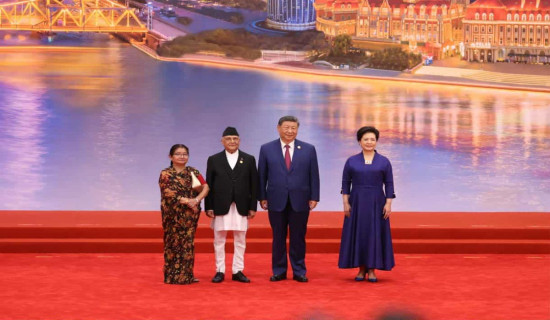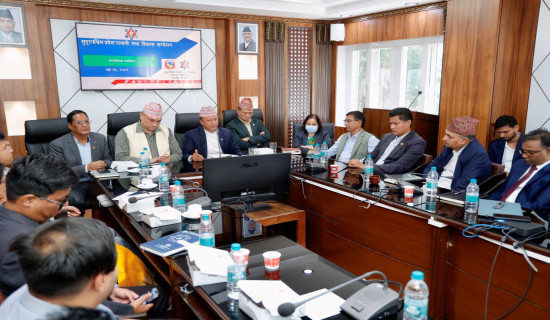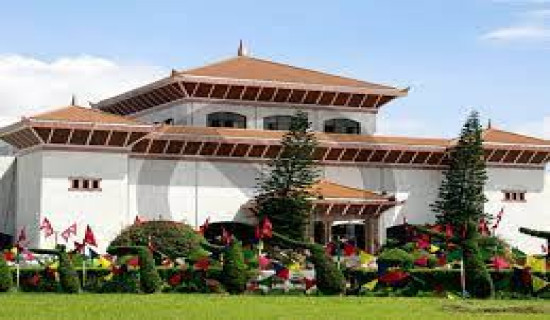- Monday, 1 September 2025
Chure Under Threat
The Chure range, lying in the altitude range of 600 to 1200 metres above sea level, and stretching from Mechi in the east to Mahakali in the west is one of the most fragile hills not only in Nepal but in South Asia. The rampant deforestation and incessant extraction of construction materials and riverine resources from the Chure range and the rivers flowing through it have disturbed its ecosystem. Despite the crucial role the forests in the range play in maintaining ecological balance by preventing soil erosion and regulating the water cycle, their rampant destruction has recently led to water scarcity in the Madhes region.
This depletion has already affected the people residing in Madhes, with ponds, tube wells, and hand pumps drying up. This has led to acute water scarcity during the dry seasons and floods in the rainy season. The rapid destruction of the Chure is often overlooked when we talk about the issues of mountainous countries in the international forums. The Chure forests protect the densely populated Terai plains from floods and landslides and support the livelihoods of people dependent on them. It is home to diverse flora and fauna, providing a habitat for various species of plants, animals, and birds. Local communities rely on these forests for fuel and fodder.
However, the rapid extraction of sand, gravel and construction materials from this hill range has disrupted its fragile ecosystem, affecting the people living in the Terai belt. The 10th Chure Conservation Day, marked on Sunday, has served as a reminder to halt the relentless exploitation of the Chure resources and to take decisive measures to protect this delicate mountain range. The degradation of the Chure forests has also affected the water resources in the region. Speaking at a broader tree plantation programme organised on the occasion of the 10th Chure Conservation Day, Prime Minister Pushpa Kamal Dahal Prachanda said that the natural resources of the Chure region are exploited rampantly.
PM Prachanda stated that the 20-year Chure-Tarai-Madhes Conservation Master Plan, approved in 2017, should be implemented with amendments, adding that the government was coordinating the necessary efforts for a separate act for Chure conservation. The Prime Minister said, “We must allow the forests, vegetation, wildlife and ecological systems in the Chure region to thrive, to save the people of Tarai-Madhes from disasters.” The rampant exploitation of the Chure range calls for taking stronger action to safeguard this fragile range before it becomes irreversible.
The President Chure-Tarai Madhes Conservation Development Board was established to oversee the conservation and sustainable development of the Chure region. This includes afforestation programmes, soil conservation measures, and promoting alternative livelihoods for local communities. Sustainable management and conservation of the Chure range are essential to ensure the well-being of the local communities and the ecological health of the region. Collaborative efforts of government agencies, local communities, and international organisations are imperative to preserve this range and biodiversity and minerals associated with it and millions of lives dependent on it.











-original-thumb.jpg)


-original-thumb.jpg)

